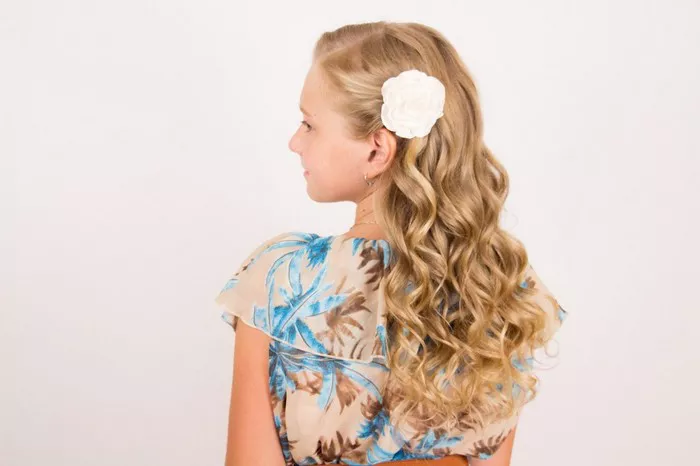Curly hair is stunning, but it’s also prone to damage, especially from heat styling tools. Heat damage can lead to frizz, dryness, and loss of curl pattern, leaving curly hair looking lackluster and unhealthy. However, with the right techniques and products, it’s possible to repair and restore heat-damaged curls to their natural beauty. In this comprehensive guide, we’ll explore various tips and strategies for fixing heat-damaged curly hair, providing you with the tools you need to revive your curls and keep them healthy and vibrant.
Understanding Heat Damage: The Basics
Before diving into methods for fixing heat-damaged curly hair, it’s essential to understand how heat affects the hair. High temperatures from styling tools such as flat irons, curling irons, and blow dryers can damage the hair cuticle, leading to moisture loss, breakage, and loss of elasticity. Over time, repeated heat styling can cause permanent damage to the hair shaft, resulting in changes to the curl pattern and overall texture of the hair.
Tips for Fixing Heat-Damaged Curly Hair
Trim Regularly:
Start by trimming off the damaged ends of your hair to remove any split ends or breakage. Regular trims every 6-8 weeks can help prevent further damage and promote healthier hair growth.
Deep Conditioning Treatments:
Incorporate weekly deep conditioning treatments into your hair care routine to nourish and hydrate your curls. Look for products containing ingredients such as shea butter, coconut oil, and avocado oil to repair damage and restore moisture.
Protein Treatments:
Protein treatments can help strengthen and rebuild the hair shaft, making it less susceptible to breakage and damage. Look for products containing hydrolyzed keratin or collagen to replenish lost protein and improve the overall health of your curls.
Avoid Heat Styling:
Limit the use of heat styling tools as much as possible to prevent further damage to your curls. Instead, opt for heat-free styling techniques such as air-drying, diffusing, or using rollers to achieve your desired look.
Cool Water Rinses:
Rinse your hair with cool water after shampooing and conditioning to help seal the hair cuticle and lock in moisture. This can help reduce frizz and improve the overall health and appearance of your curls.
Use a Wide-Tooth Comb:
Avoid brushing or combing your curls when they’re wet, as wet hair is more susceptible to breakage. Instead, use a wide-tooth comb or your fingers to gently detangle your curls, starting from the ends and working your way up to the roots.
Moisturize Daily:
Keep your curls hydrated by moisturizing them daily with a leave-in conditioner or hydrating hair oil. Focus on the mid-lengths and ends of your hair, where moisture tends to be most needed, and avoid applying products directly to the roots to prevent weighing down your curls.
Protect Your Curls at Night:
Use a satin or silk pillowcase or wrap your hair in a silk scarf before bed to protect your curls from friction and breakage while you sleep. You can also pineapple your curls by gathering them into a loose ponytail at the top of your head and securing them with a satin scrunchie or hair tie.
Conclusion
Fixing heat-damaged curly hair requires patience, consistency, and the right approach. By following the tips outlined in this guide, you can nourish and strengthen your curls, restore moisture and elasticity, and prevent further damage. Whether you’re incorporating deep conditioning treatments, protein treatments, or adjusting your styling habits, taking proactive steps to repair heat-damaged curly hair can help you achieve healthier, more resilient curls. With time and care, you can restore your curls’ vitality and enjoy beautiful, bouncy curls once again.
How To Grow Back Hairline Fast

